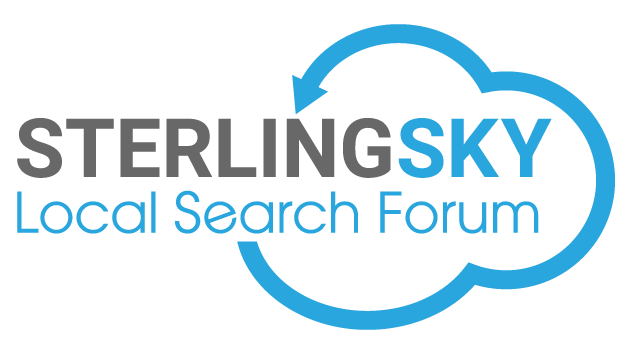Clay Carson
Member
- Joined
- Jun 16, 2023
- Messages
- 7
- Reaction score
- 0
Wondering what best practice would be for pages that Google Search Console has marked 'Duplicate without user-selected canonical'.
Took a careful look at the pages, trying to see what the issue was. Came up with some patterns.
1. The site originally did not have SSL, predated that. SSL added about a year or two ago and most of the pages that Google says are duplicate without user selected canonicals are displaying as http, not https. I'm wondering if the switchover was done with no canonical added to all the pages. Our webhost did the SSL implementation, we weren't directly involved. I asked them to check but they show only one file on cpanel and the rep I spoke with wasn't very familiar with Search Console.
2. About half of the pages were wp-content uploads. The original version of Wordpress showed a low resolution photo on the page or blog post, and clicking on the photo allowed a separate URL for a high resolution photo. Have heard that that isn't wonderful for SEO, since that really does create a URL with 'thin content' by definition. The WP update no longer creates those pages, so I'm guessing they got a hint it was hurting rankings.
3. About half of the pages are tag pages. Again, by definition, a tag page pulls out posts with that tag, so maybe that is considered duplicate content? Seems odd Google would punish a system like tagging
So, would you just ignore this?
Or add a canonical to the pages that display instead? (All of the SSL version pages are displaying correctly)
Or is it worth deleting the duplicate pages? They do not appear in WP admin.
Any insight would be appreciated!
Took a careful look at the pages, trying to see what the issue was. Came up with some patterns.
1. The site originally did not have SSL, predated that. SSL added about a year or two ago and most of the pages that Google says are duplicate without user selected canonicals are displaying as http, not https. I'm wondering if the switchover was done with no canonical added to all the pages. Our webhost did the SSL implementation, we weren't directly involved. I asked them to check but they show only one file on cpanel and the rep I spoke with wasn't very familiar with Search Console.
2. About half of the pages were wp-content uploads. The original version of Wordpress showed a low resolution photo on the page or blog post, and clicking on the photo allowed a separate URL for a high resolution photo. Have heard that that isn't wonderful for SEO, since that really does create a URL with 'thin content' by definition. The WP update no longer creates those pages, so I'm guessing they got a hint it was hurting rankings.
3. About half of the pages are tag pages. Again, by definition, a tag page pulls out posts with that tag, so maybe that is considered duplicate content? Seems odd Google would punish a system like tagging
So, would you just ignore this?
Or add a canonical to the pages that display instead? (All of the SSL version pages are displaying correctly)
Or is it worth deleting the duplicate pages? They do not appear in WP admin.
Any insight would be appreciated!




